10 Best Adventures of 1962
By:
September 12, 2017
Fifty-five years ago, the following 10 adventures — selected from my Best Fifties (1954–1963) Adventure list — were first serialized or published in book form. They’re my favorite adventures published that year.
Please let me know if I’ve missed any 1962 adventures that you particularly admire. Enjoy!
Joan Aiken’s Wolves of Willoughby Chase — I had mislabeled it as a 1963 publication.
- Lionel Davidson’s atavistic treasure-hunt adventure The Rose of Tibet. In 1950, Charles Houston, a directionless British art teacher, discovers that his half-brother has disappeared on the China-Tibet border while filming a mountaineering expedition — and sets off to confirm his death. Because the People’s Liberation Army is threatening to invade Tibet (as we know, this happened in October 1950), Houston and a teenage sherpa make a perilous and illegal journey across the mountains. At a monastery whose abbess is never seen without her mask, Houston is taken for a god — and entrusted with a fortune in emeralds. He then flees with the loot and the priestess, with the Red Chinese in hot pursuit. Real-life characters of the period — the young Dalai Lama, the swashbuckling explorer Heinrich Harrar, even the author Lionel Davidson — make an appearance, but this is throwback Haggard-esque fantasy at its finest. Indiana Jones, eat your heart out. Fun fact: Graham Greene once said, “I hadn’t realised how much I had missed the genuine adventure story until I read The Rose of Tibet.”
- Stan Lee and Steve Ditko‘s sci-fi adventure The Amazing Spider-Man. Lee and Ditko — borrowing ideas from pulp fiction and Jack Kirby — introduced the Spider-Man character in August 1962, in Marvel’s anthology comic Amazing Fantasy. Unlike most other superheroes of the time, who disguised their true (superheroic) identities by pretending to be un-extraordinary working stiffs, Peter Parker’s true identity is an awkward, nerdy teen who lives with his elderly aunt in Queens. “The Amazing Spider-Man” is a schtick — borrowed from the world of wrestling — allowing the nebbishy Parker to act like a suave, tough hero. It doesn’t work: He’s considered a menace by the police and the general public. An ingenious conceit! Comic-book readers could relate. A solo series followed, beginning with The Amazing Spider-Man #1 the following year. Fun facts: The Spider-Man character has also appeared in nine animated and live action television series, syndicated newspaper comic strips, a Broadway show, dozens of video games, and in five big-budget films.
- Victor Canning’s frontier adventure Black Flamingo. Sinclair, a pilot in East and Central Africa whose license has been revoked, takes shelter in rainforest cave — where he discovers another pilot, dying. He buries the man and takes his identity papers. What he doesn’t discover is that the dying pilot was carrying a small fortune in diamonds. En route to a remote town where he finds work flying pilgrims to Mecca, Sinclair falls in love with Nina, a British woman assisting her animal-collecting uncle… who, it transpires, was in league with the dead pilot. The diamonds were intended to finance some sort of Prester John-ish tribal uprising scheme. Sinclair must race to retrieve them before the rebels or the Congolese government gets to the cave first… but Nina has plans of her own for the diamonds. A short but rewarding yarn. Fun fact: “There is no evidence that Canning ever visited Central Africa, but he had obviously done extensive research on witch-doctoring practices and on the geography of the region,” according to the official Victor Canning website. “This mitigates some of the racial stereotyping that is inevitable when an outsider tries to describe tribal and colonial conflicts.”
- Anthony Burgess’s A Clockwork Orange (1962). Communicating partially in contemporary English (including Cockney rhyming slang), partially in Shakespearean English, and partially in a Russian-influenced argot called “nadsat,” our narrator and protagonist is a sociopathic 15-year-old hoodlum, living in near-future London. “There’s only one veshch I require,” explains Alex, “having my malenky bit of fun with real droogs.” When he’s not enjoying Beethoven, Alex and his droogs indulge in “ultra-violence” including sexual assault. Sent to prison, where neither the state nor the church succeeds in reforming him, Alex volunteers to undergo the Ludovico Technique, a punishing form of aversion therapy that conditions him to be good… or, at least, not bad. But at what cost? Has Alex become, in the words of one character, a “clockwork orange” — that is, a mechanized semblance of nature? In the end, amazingly, we actually feel pity for evil Alex. Fun fact: Written in three weeks, A Clockwork Orange has been named by Modern Library one of the 100 best English-language novels of the 20th century. It was adapted as a brilliant 1971 movie by Stanley Kubrick.
- J.G. Ballard’s The Drowned World (1962). An eco-catastrophe in which the catastrophe is in the past; the mood is contemplative; and the protagonist is looking forward to his devolution. In the year 2154, what’s left of humankind has mostly migrated to the poles — because of global warming and rising sea levels. Along with other members of a survey team, biologist Robert Kerans is sent to London, now an intensely hot and humid swamp, in order to catalog the flora and fauna. Troubled by primitive dreams, Kerans and his colleagues speculate that even as the climate has reverted to that of a much earlier stage in the earth’s evolution, so too are they beginning to revert. (Perhaps, one character suggests, our bodies and subconscious minds retain traces of the “archaeophysic past,” a prehuman era before our brains developed.) Their relationship to nature changes — they become less interested in controlling it and extracting its resources, and more interested in adapting to it. And then, into this bleak scenario sails Strangman, a pirate who aims to drain the swamp… and loot what remains of London’s Leicester Square! Fun fact: First serialized, in novella form, in Science Fiction Adventures in January 1962.
- Philip K. Dick’s The Man in the High Castle (1962). Fifteen years after World War II ended in a defeat for the Allies, the United States are divided between Imperial Japan, in the west, and Nazi Germany, in the east. Bob Childan runs an Americana shop in San Francisco, selling antiques — many of them counterfeit — to the Japanese colonists. Frank Frink, a secretly Jewish-American veteran, makes hand-crafted jewelry; his ex-wife, Juliana, lives in the neutral Mountain States buffer zone, where she has begun an affair with an Italian trucker. Many of the book’s characters use the I Ching to make decisions; and many are reading The Grasshopper Lies Heavy, an alternate-history sci-fi novel, circulated in samizdat, which imagines a world in which the Allies won World War II. Joseph Goebbels becomes the new German Chancellor, and plots to invade Japan’s Home Islands; Childan sells Frink’s jewelry, which the Japanese admire for its wabi-sabi; and Juliana visits the author of The Grasshopper Lies Heavy — but is her boyfriend secretly a Nazi assassin? Is The Grasshopper Lies Heavy somehow more true than the reality our characters are experiencing? Fun fact: Dick used the I Ching to make decisions crucial to the plot of The Man in the High Castle. Adapted for TV in 2015, The Man in the High Castle was, at the time, Amazon’s most-watched original series.
- Richard Stark’s (Donald E. Westlake) crime adventure The Hunter. Like John Wayne showing up without a horse in Stagecoach, we first meet Parker entering New York on foot — crossing the George Washington Bridge without a penny to his name. He’s a tough heist man who’s been double-crossed, we learn by his partner and wife, Lynne. He was left for dead but not killed — big mistake. Relentlessly Parker hunts his loot… even when it turns out that the Syndicate (or, as its higher-ups prefer, the Organization) has taken possession of it. We can’t help but admire Parker’s methods. He’s careful, methodical, and when the time comes, brutal; he doesn’t hurt anyone unless it’s necessary, but it’s often necessary. The POV shifts back and forth between Parker and his victims — it’s a very effective piece of hardboiled prose. Fun facts: Adapted in 1967 as John Boorman’s excellent neo-noir movie Point Blank, starring Lee Marvin. Chow Yun-fat, Mel Gibson, and Jason Statham have also starred in adaptations. This is the first Parker novel; Westlake would write over 20 others.
- Len Deighton’s espionage adventure The IPCRESS File. Readers complain that this is a confusing adventure, which it is — but that’s very much on purpose, as Deighton is self-consciously having fun with the conventions of the genre. His protagonist is nameless; and the British intelligence agency for which he works, WOOC(P), might as well be, since we never discover what the acronym stands for. Even the titular file’s name is an acronym for an absurd phrase: “Induction of Psycho-neuroses by Conditioned REflex with Stress.” Influential Brits are being kidnapped, including a scientist code-named Raven; our spy — let’s call him Harry, as someone mistakenly does here — attempts to negotiate for the release of Raven, unsuccessfully. Agents are killed, but not the agents Harry thought. Harry is approached by his old boss from military intelligence, who attempts to sell him information. There’s an American neutron bomb test in the Pacific, following which Harry himself is kidnapped and subjected to weeks of interrogation, brainwashing and torture. By whom? Is Harry’s own department the enemy? Are his enemies actually Britain’s allies? Fun facts: The IPCRESS File is Deighton’s first spy novel. It was adapted in 1965 as a popular movie starring Michael Caine. The cover design shown here was widely imitated for many years.
- Eric Ambler’s comedic caper adventure The Light of Day. In this return to form for Ambler — the plot reminds us of his 1938 thriller Epitaph for a Spy, in which a teacher on vacation is coerced into assisting with a counter-espionage operation — a petty crook in Athens gets mixed up in a caper that takes him to Istanbul. The half-British, half-Egyptian Arthur Abdel Simpson prefigures George MacDonald Fraser’s Flashman character — he’s a self-pitying sociopath who bumbles his way successfully out of one scrape and into another. Blackmailed into driving an American limo across the border, Simpson is picked up by Turkish intelligence, to whom he confesses — though he doesn’t actually know what his blackmailers are planning. Is it drug smuggling, a coup, terrorism? We don’t discover the answer until Simpson does, when he’s recruited into the gang at the last minute. Fun fact: Winner of the 1963 Edgar Award. Adapted by Jules Dassin as the light-hearted caper movie Topkapi, for which Peter Ustinov (who played Simpson) won an Oscar. The character returns as a mercenary in Ambler’s Dirty Story (1967).
- John le Carré’s crime adventure A Murder of Quality. When a subscriber writes a letter to The Christian Voice stating that her husband, the deputy head of an upper-class boarding school, intends to kill her, the magazine’s editor reaches out to a fellow ex-British Intelligence colleague, George Smiley, for assistance. The letter-writer, it seems, has indeed been killed. Smiley heads to the Carne School to poke around, and discovers just how cruel, insular, and snobbish such institutions can be. There are no spies, no politics, here — just a local police inspector, a homeless madwoman, and an invidious town-gown divide. Whodunnit? The husband — the madwoman — or someone else? Was the murdered woman hiding a dark secret of her own? Fun fact: Le Carré’s second novel is the only Smiley book set outside the espionage community. There is a 1991 British television adaptation starring Denholm Elliott and Glenda Jackson.
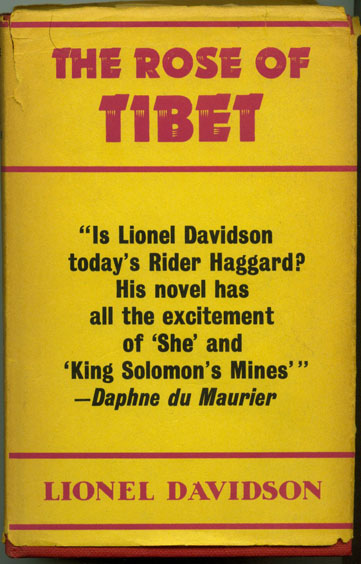

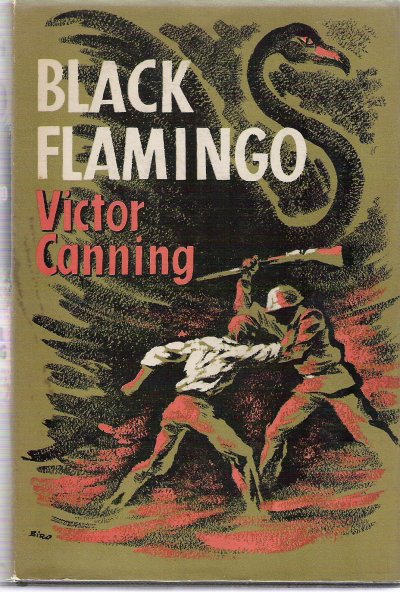
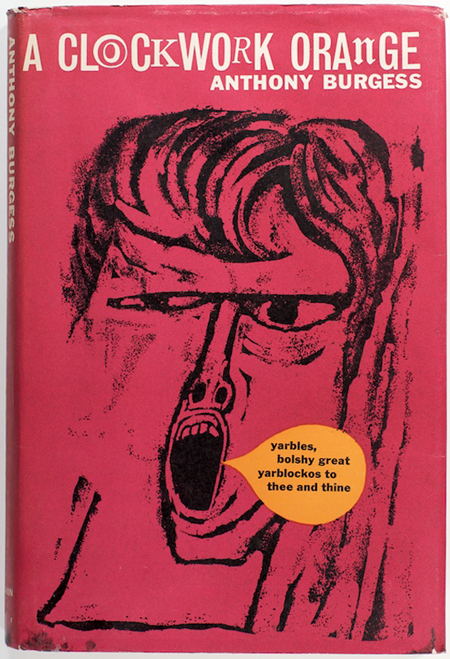
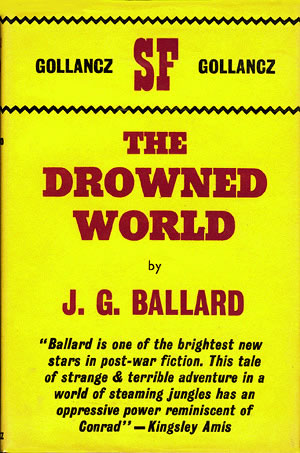
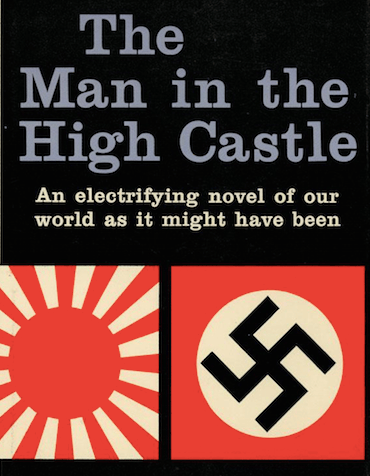
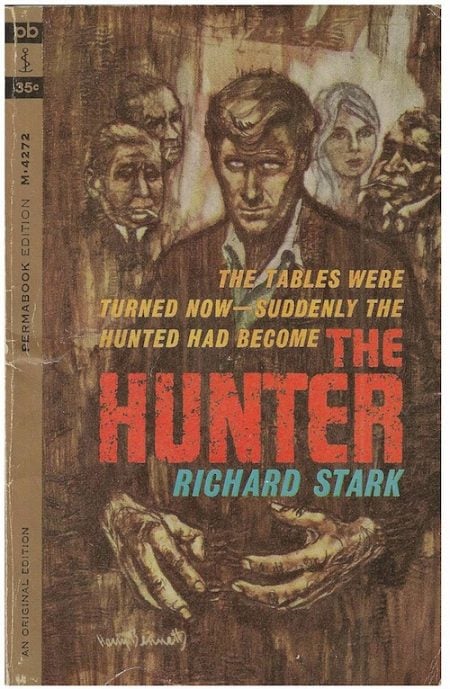
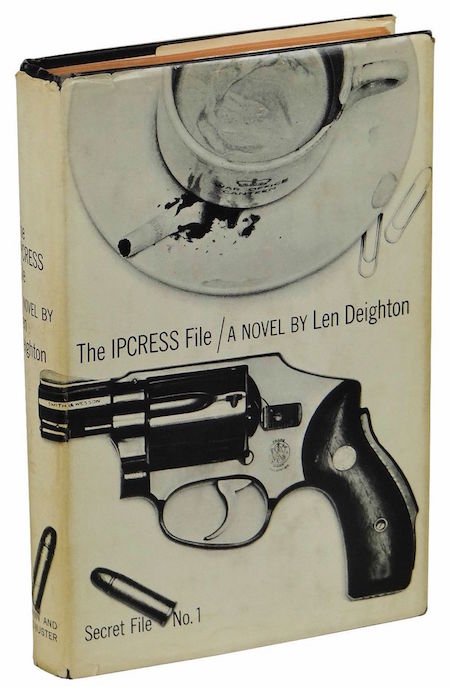
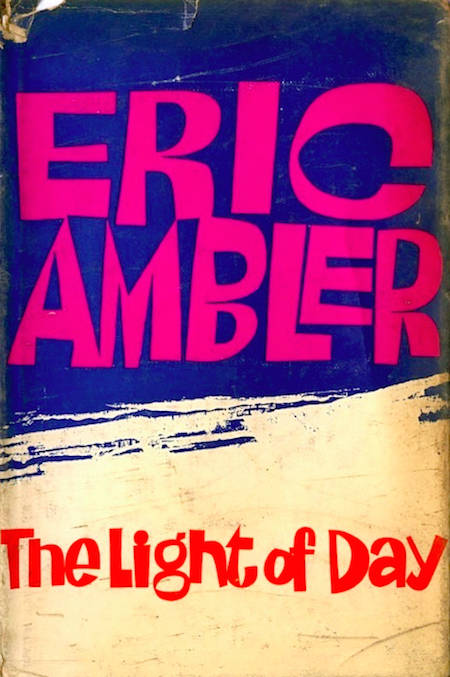
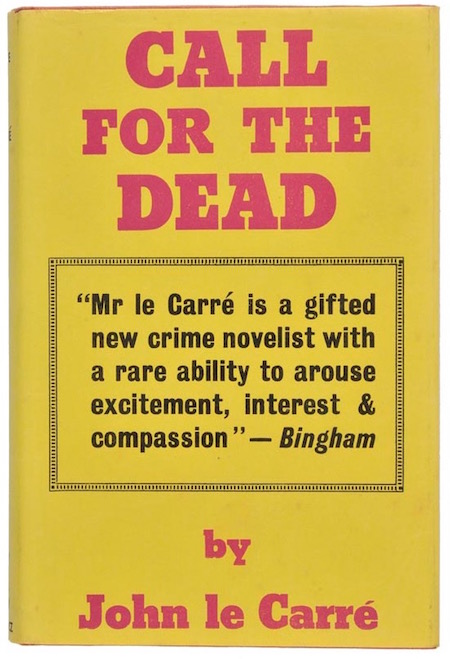
JOSH GLENN’S *BEST ADVENTURES* LISTS: BEST 250 ADVENTURES OF THE 20TH CENTURY | 100 BEST OUGHTS ADVENTURES | 100 BEST RADIUM AGE (PROTO-)SCI-FI ADVENTURES | 100 BEST TEENS ADVENTURES | 100 BEST TWENTIES ADVENTURES | 100 BEST THIRTIES ADVENTURES | 75 BEST GOLDEN AGE SCI-FI ADVENTURES | 100 BEST FORTIES ADVENTURES | 100 BEST FIFTIES ADVENTURES | 100 BEST SIXTIES ADVENTURES | 75 BEST NEW WAVE SCI FI ADVENTURES | 100 BEST SEVENTIES ADVENTURES | 100 BEST EIGHTIES ADVENTURES | 75 BEST DIAMOND AGE SCI-FI ADVENTURES | 100 BEST NINETIES ADVENTURES (in progress) | 1994 | 1995 | 1996 | 1997 | 1998 | 1999 | 2000 | 2001 | 2002 | 2003 | NOTES ON 21st-CENTURY ADVENTURES.
